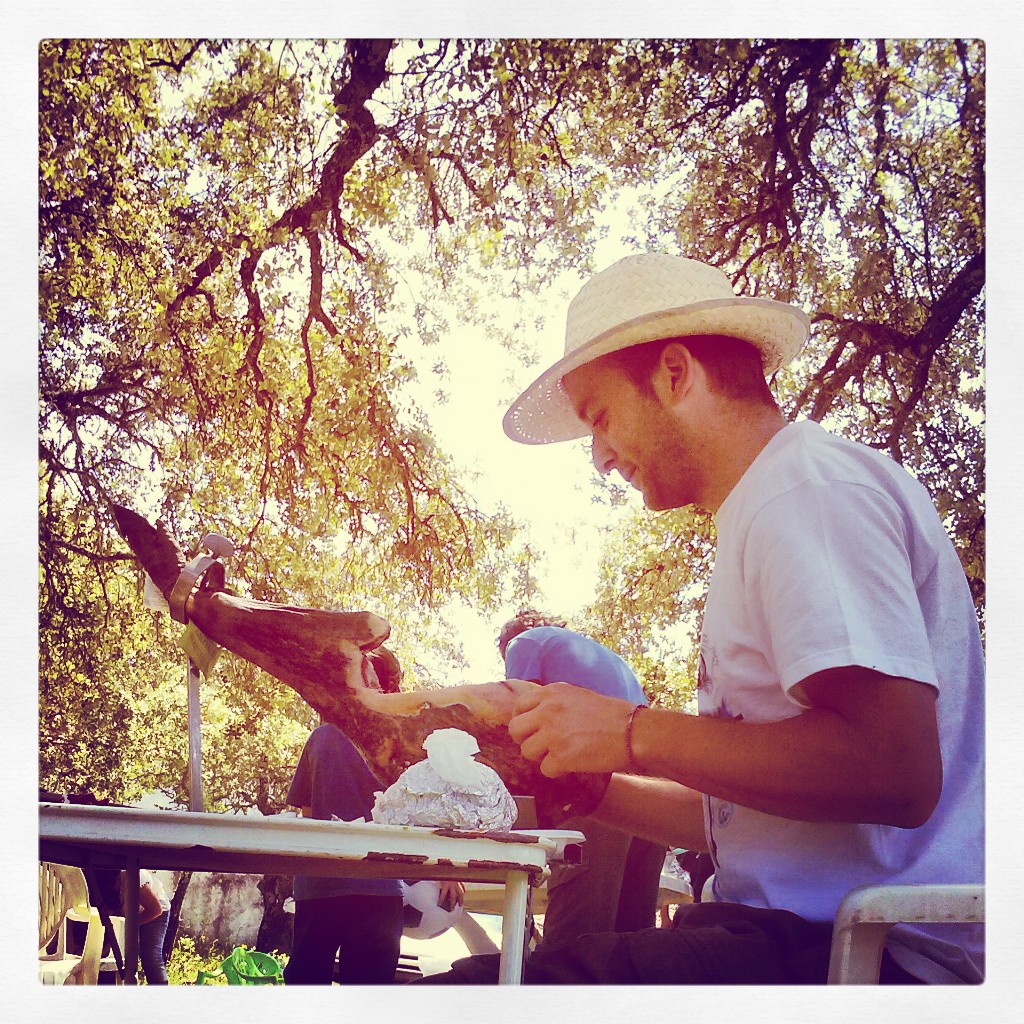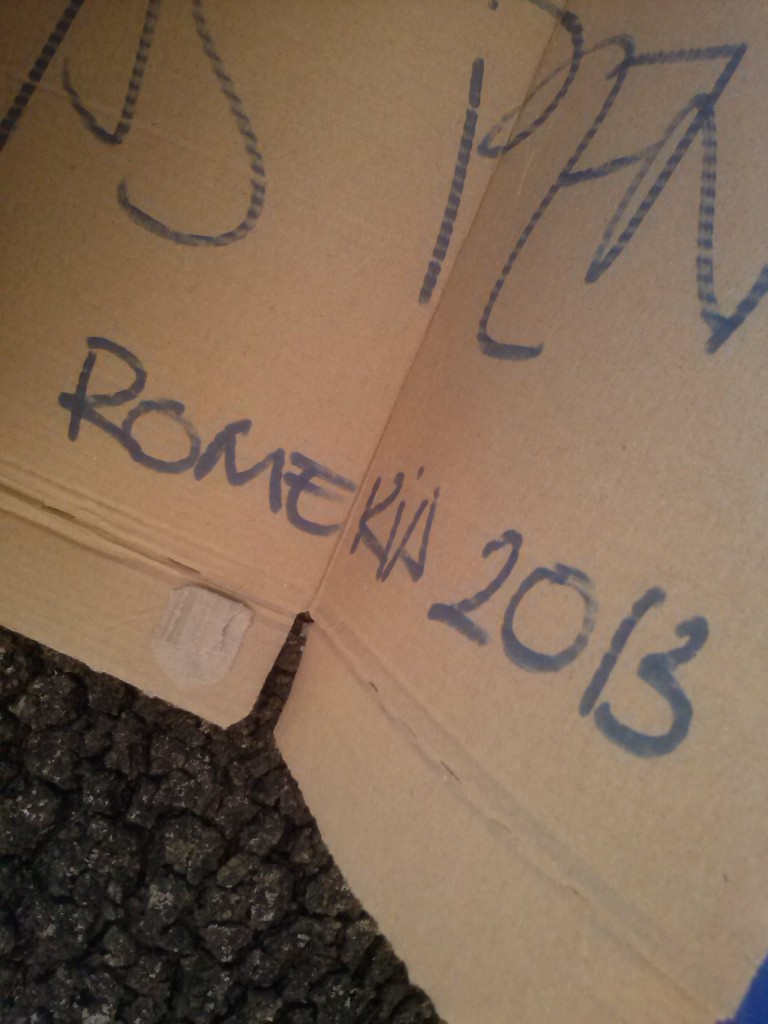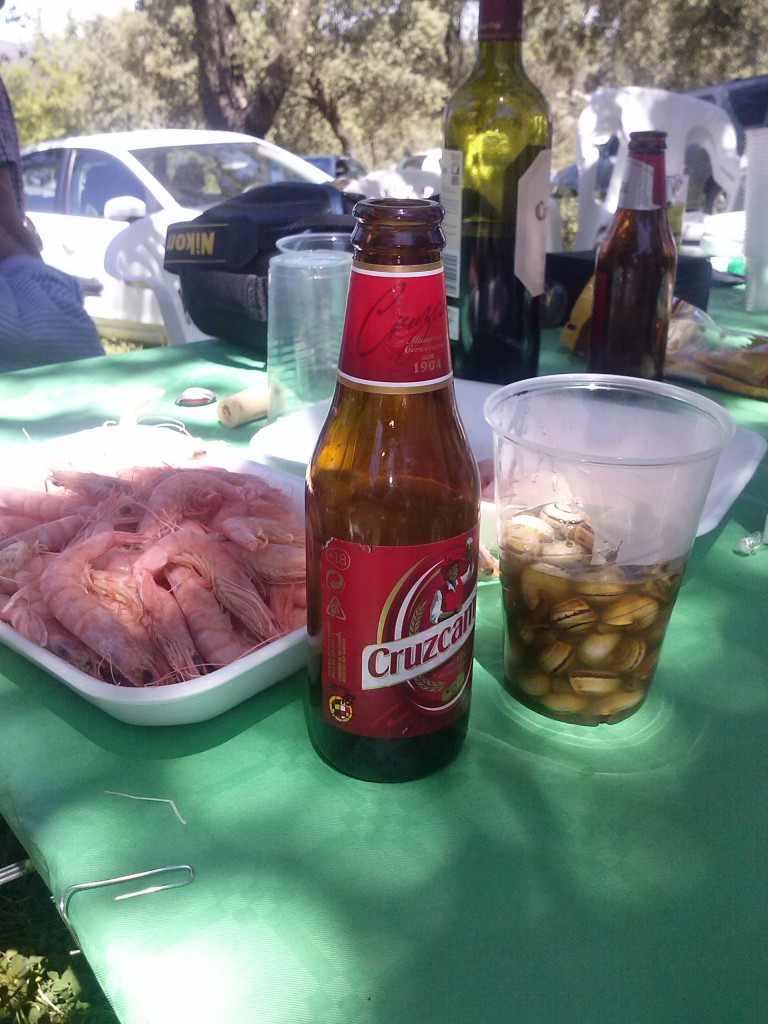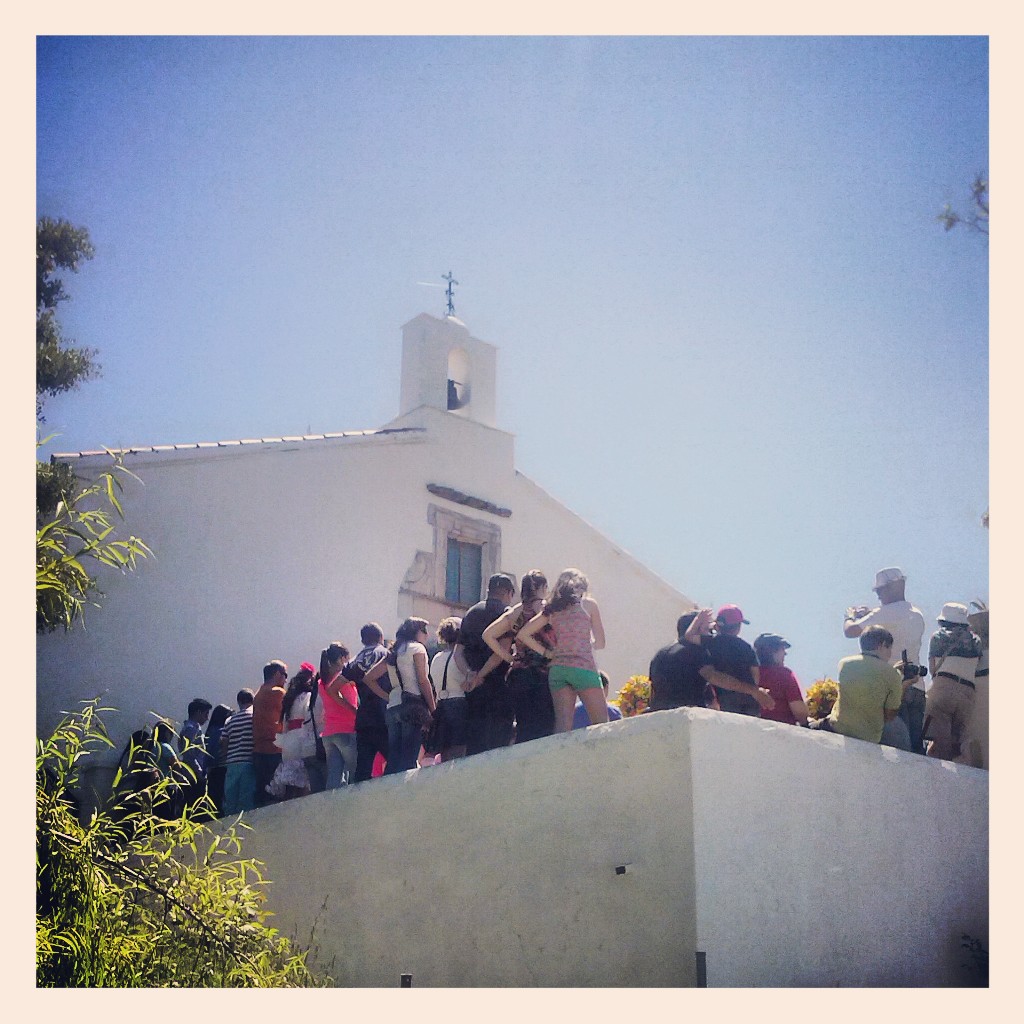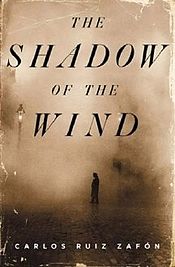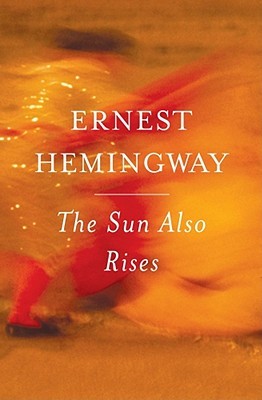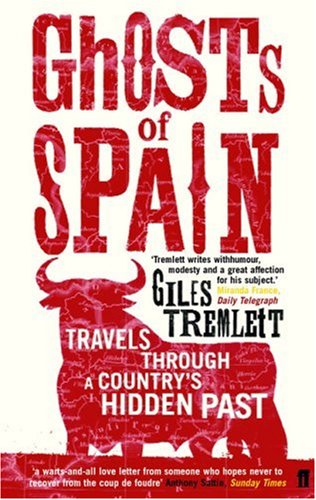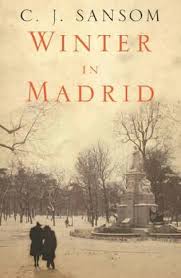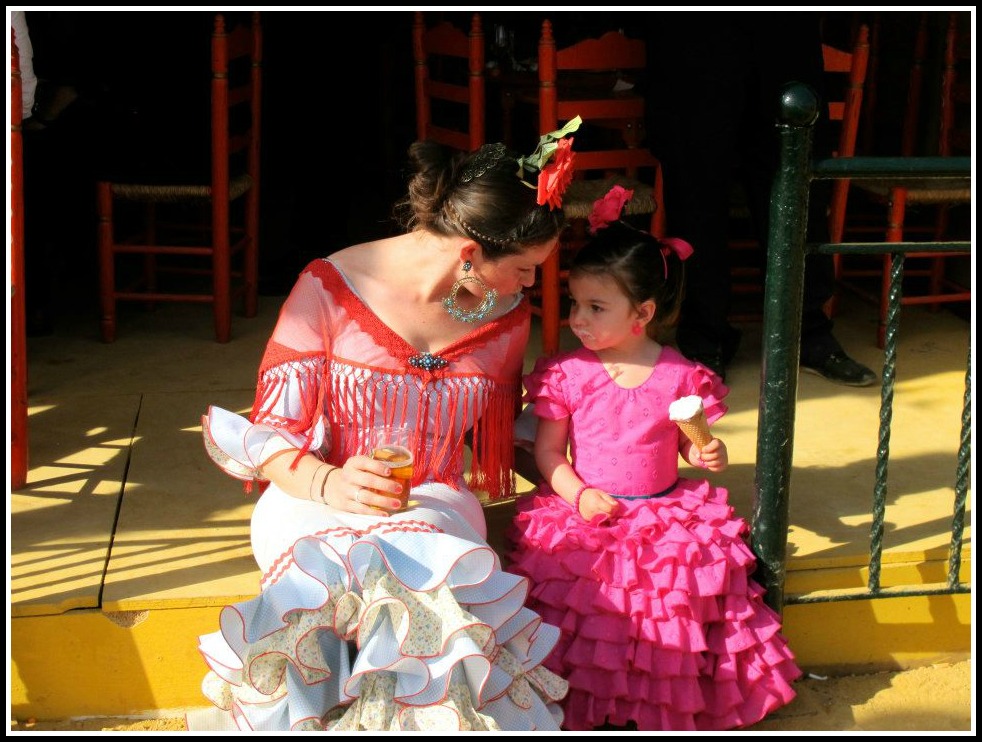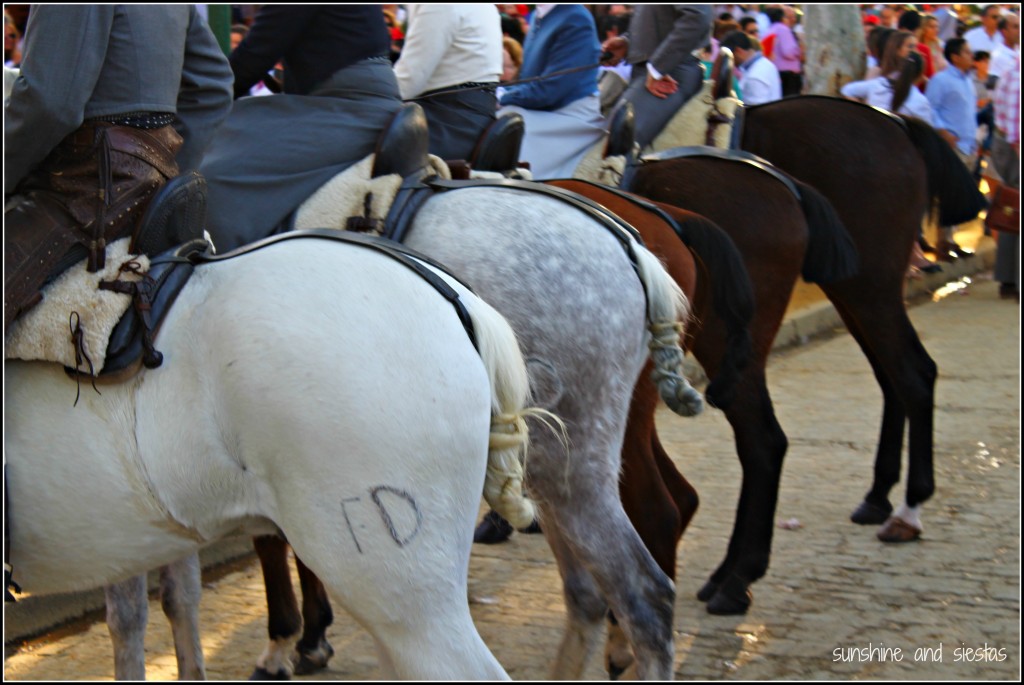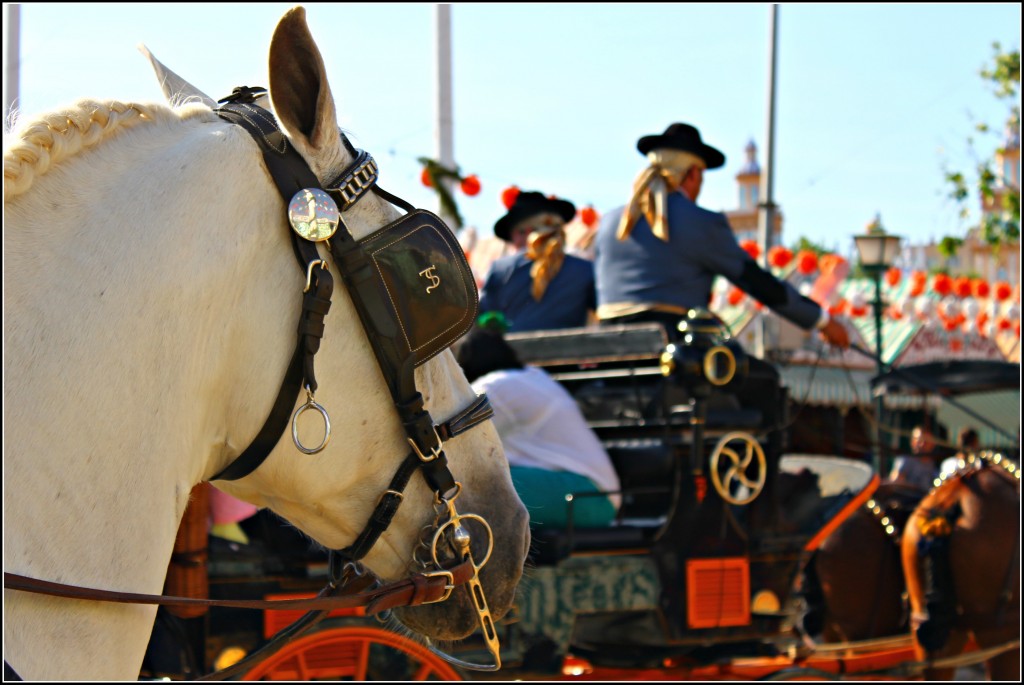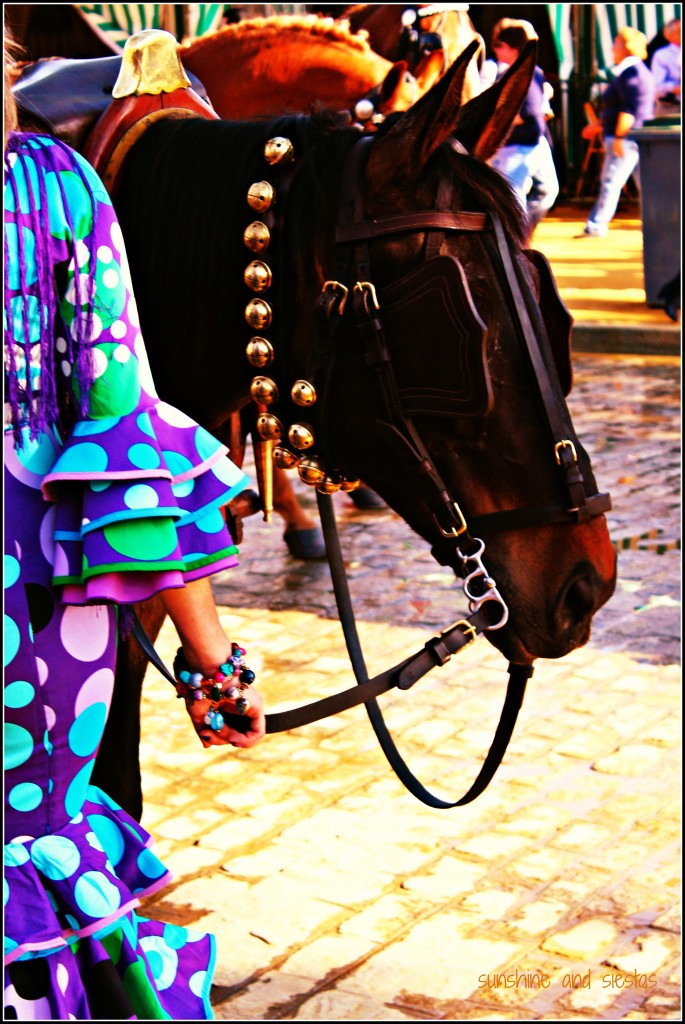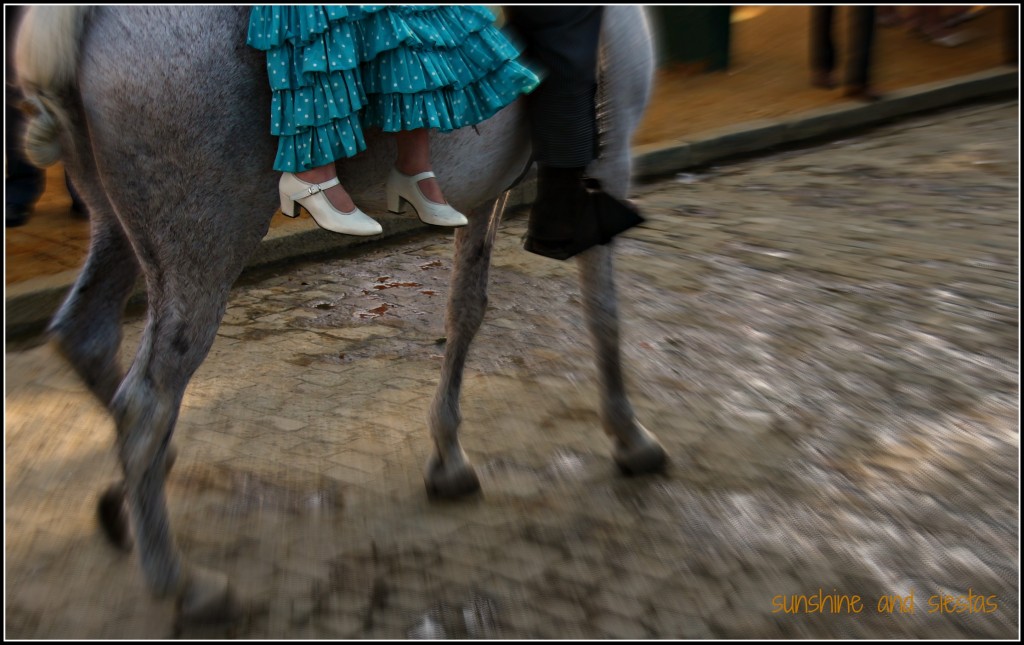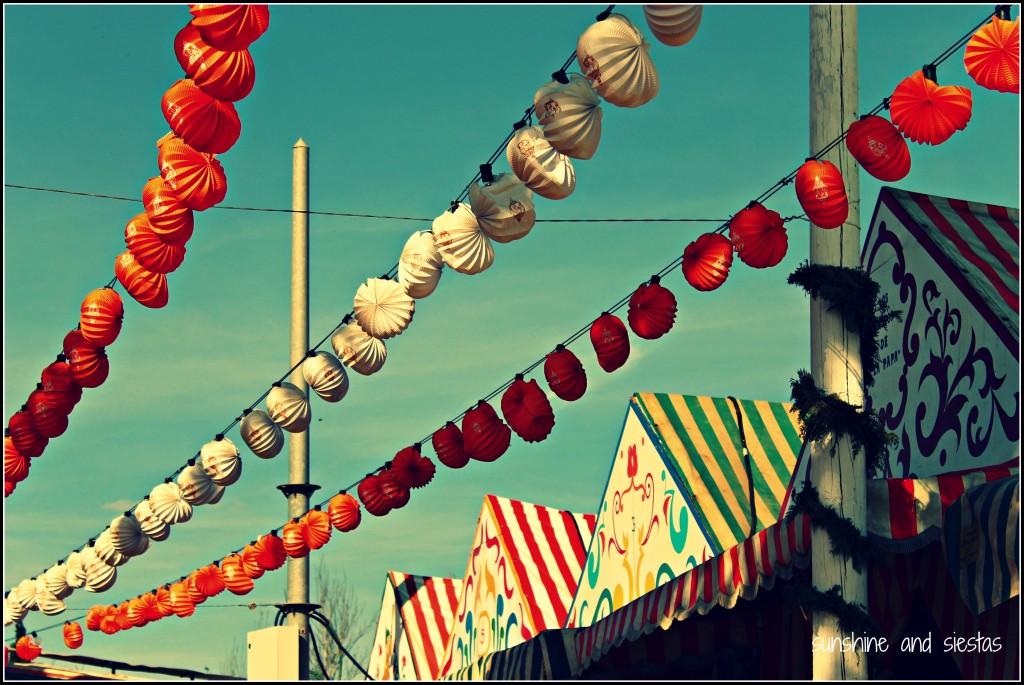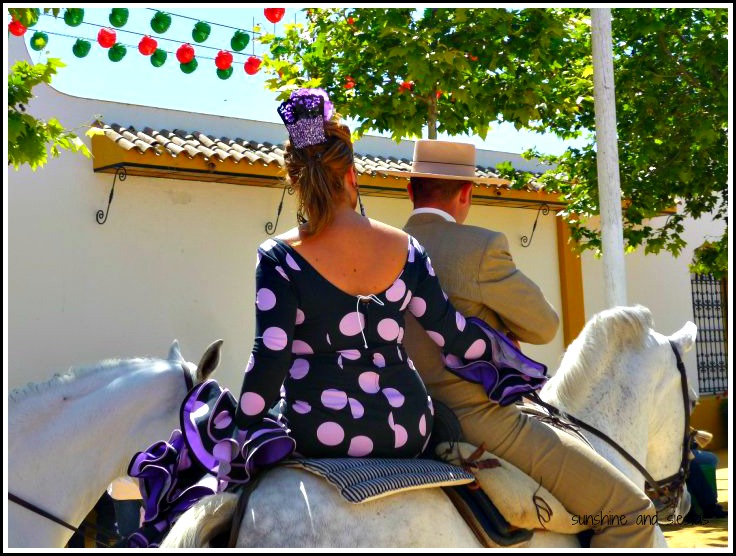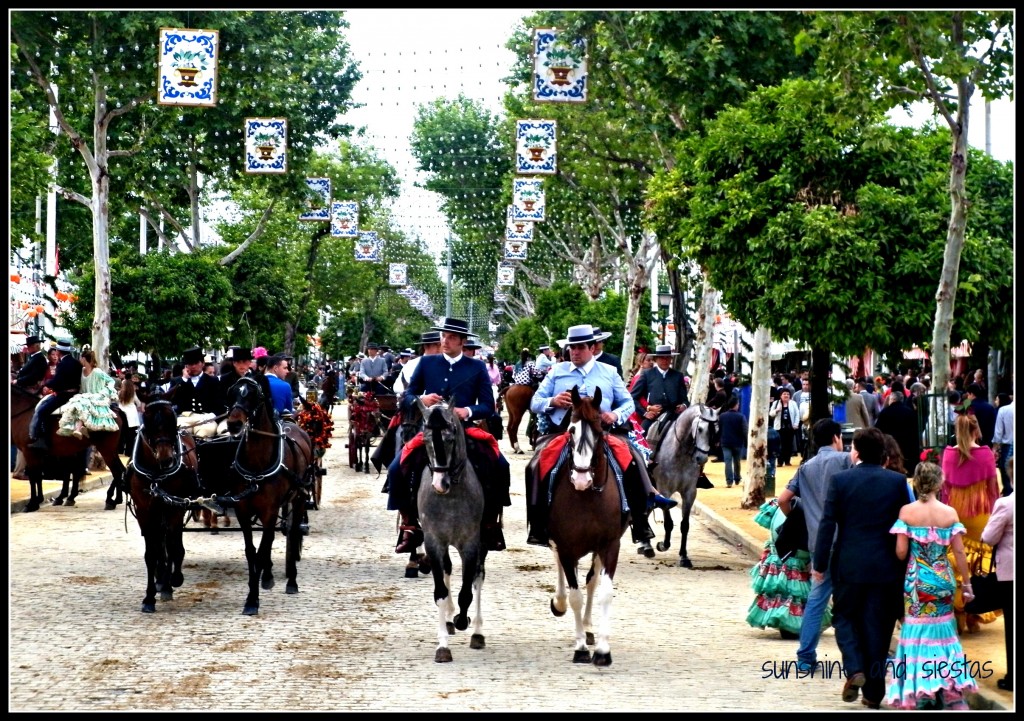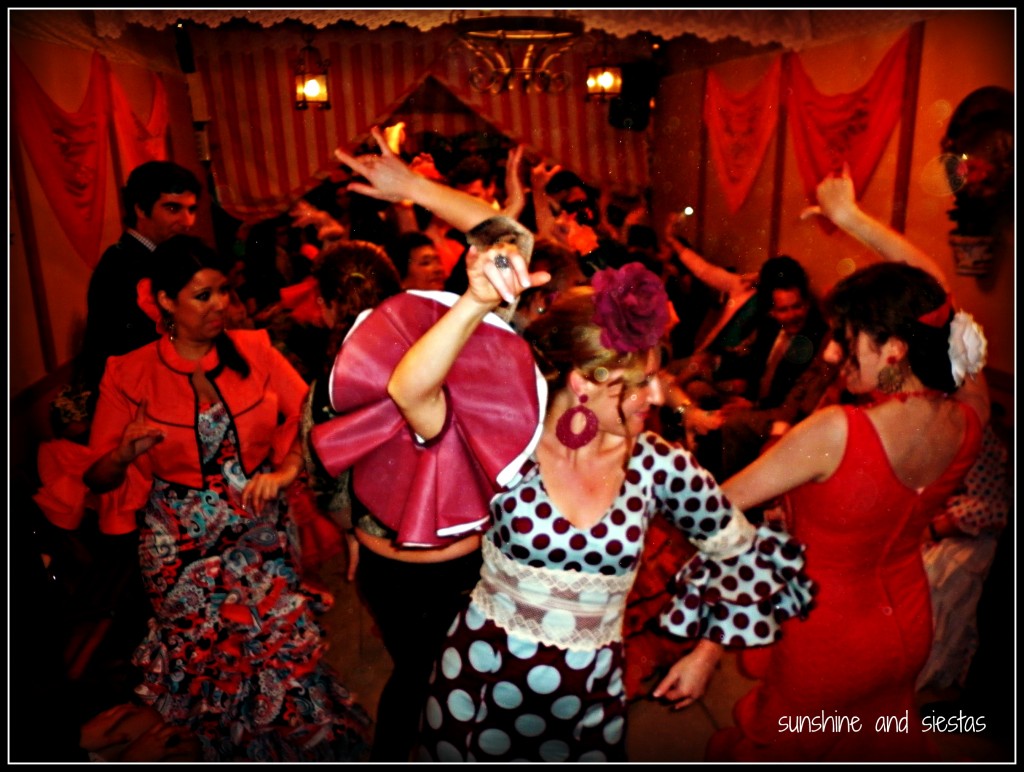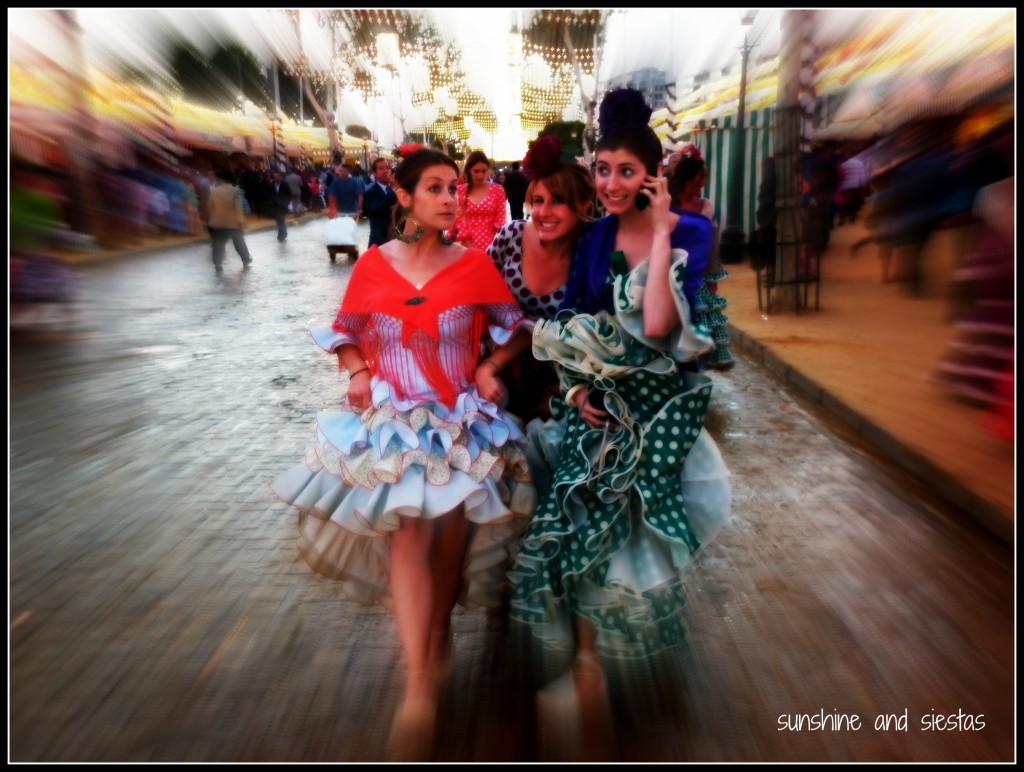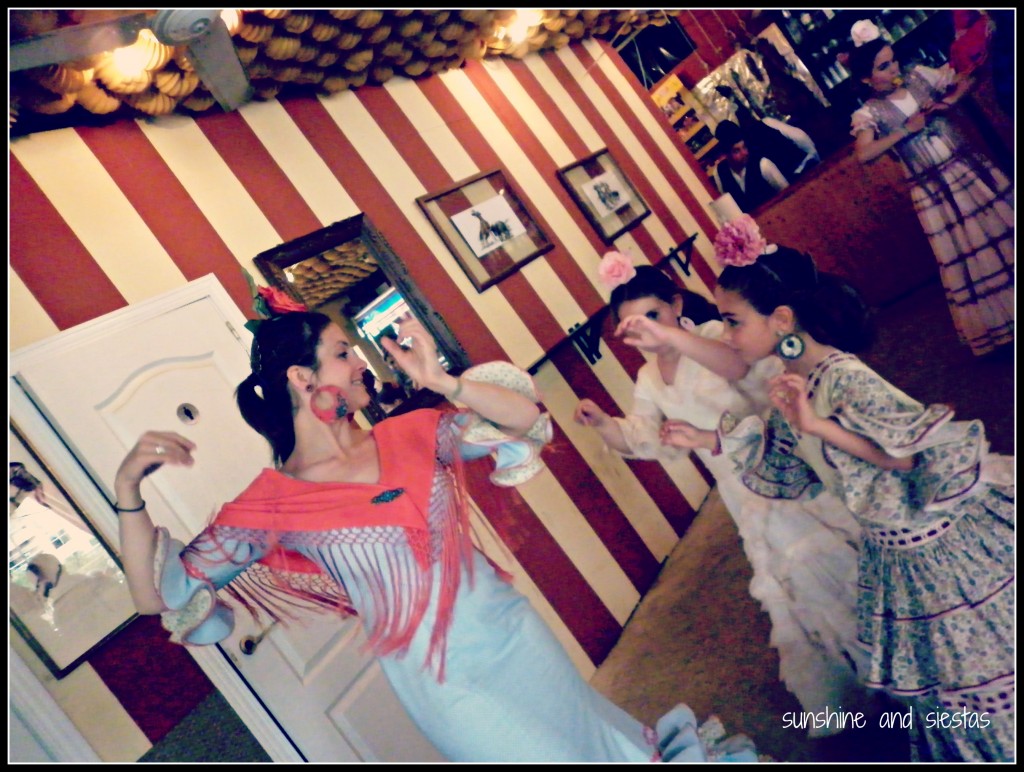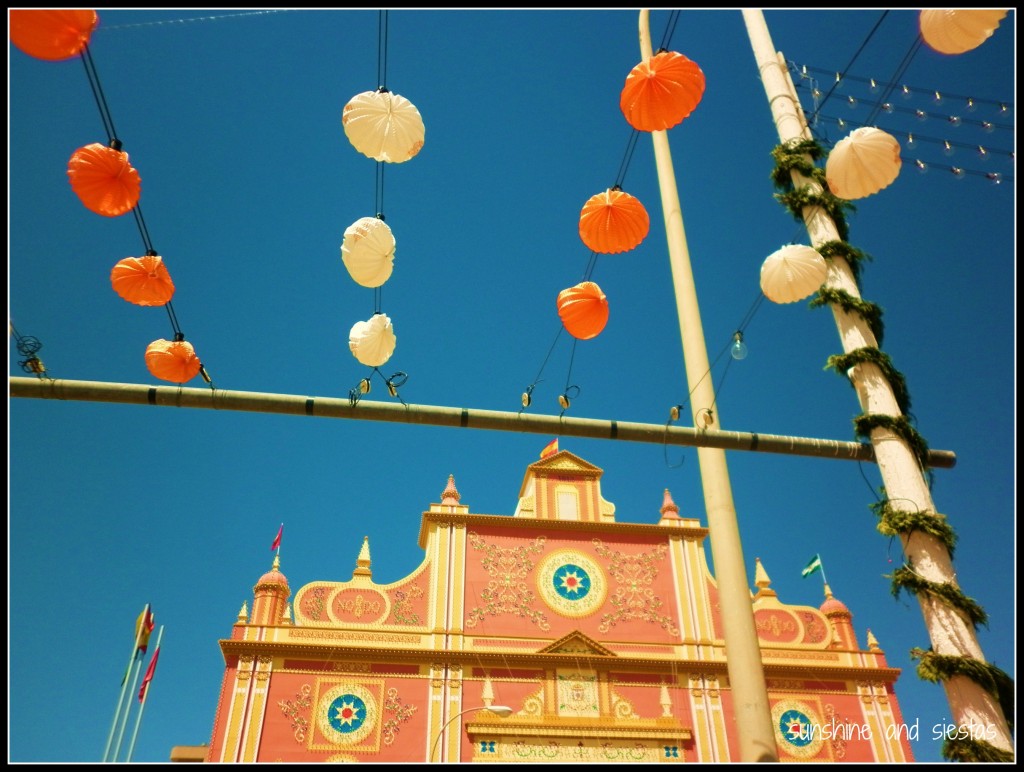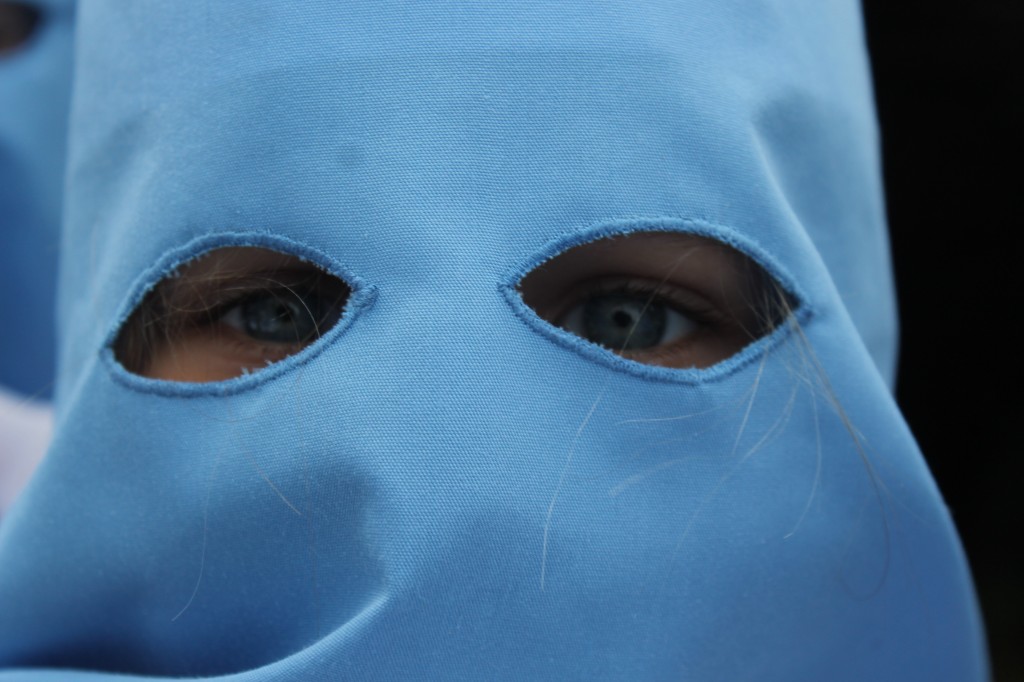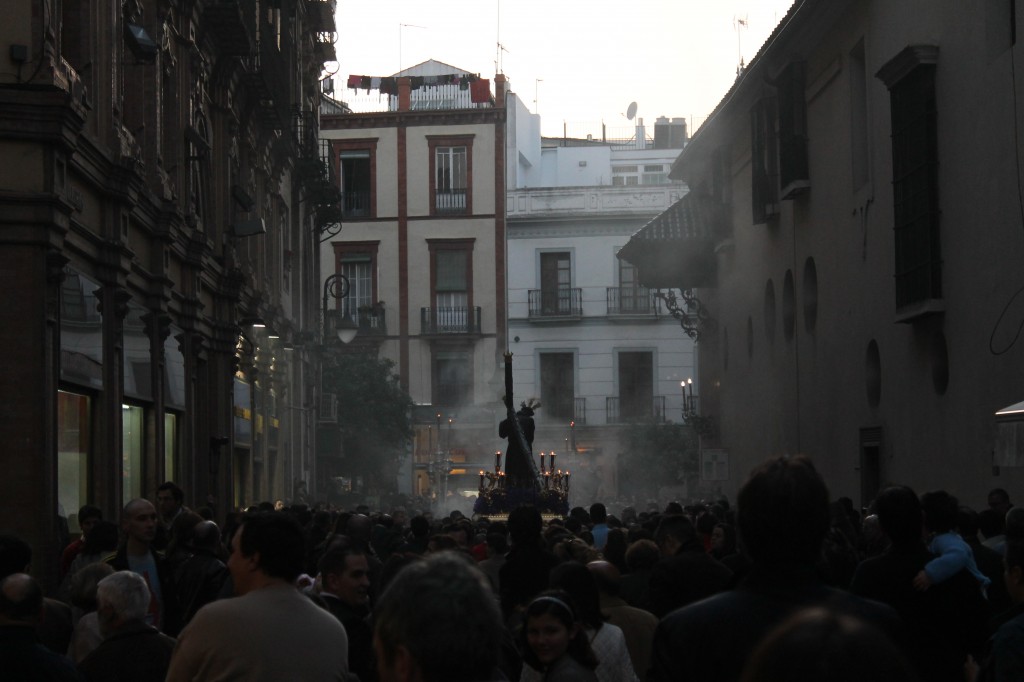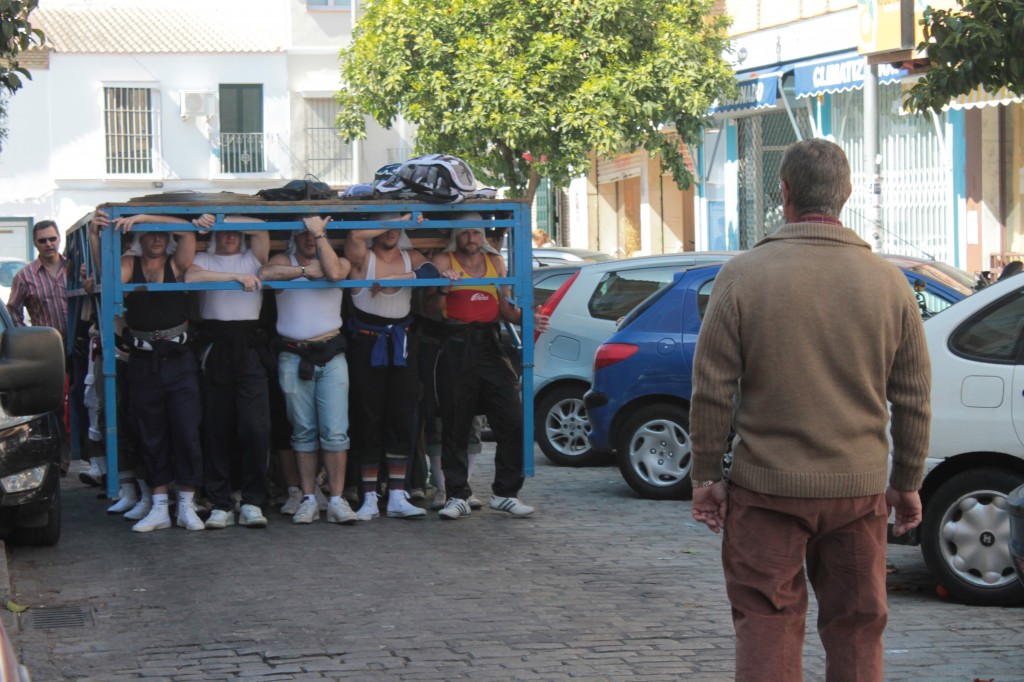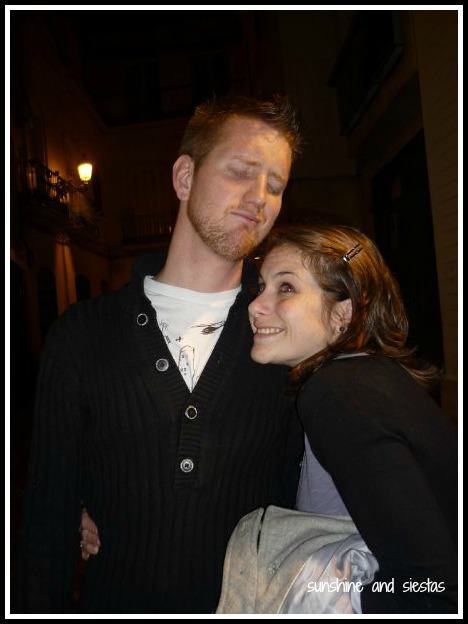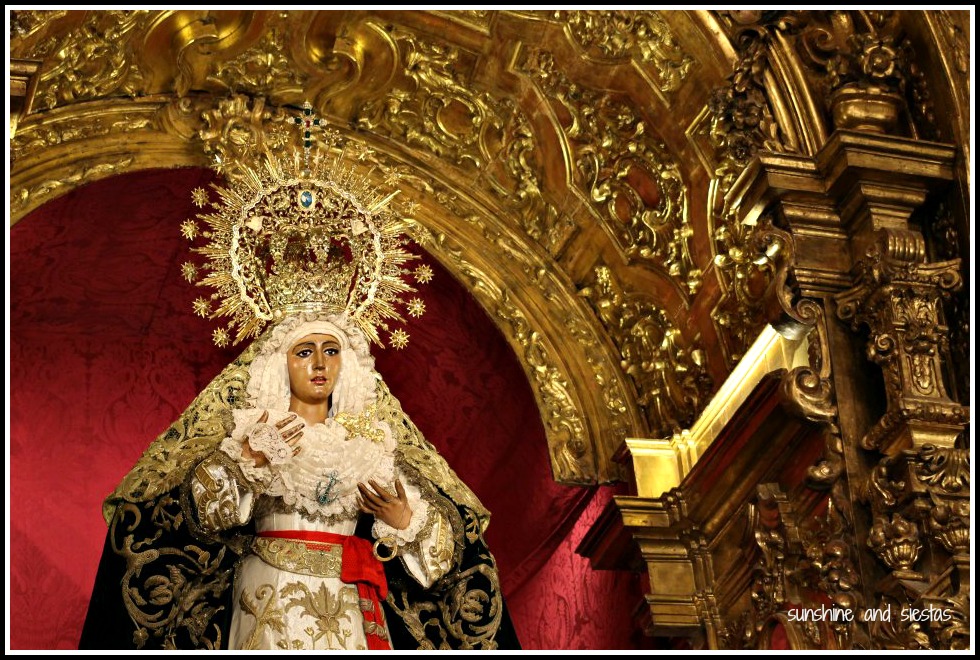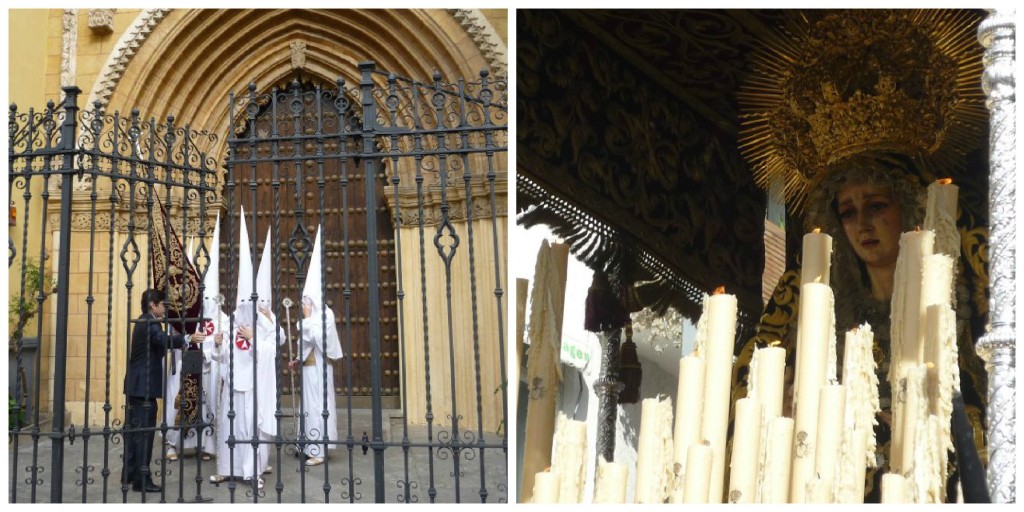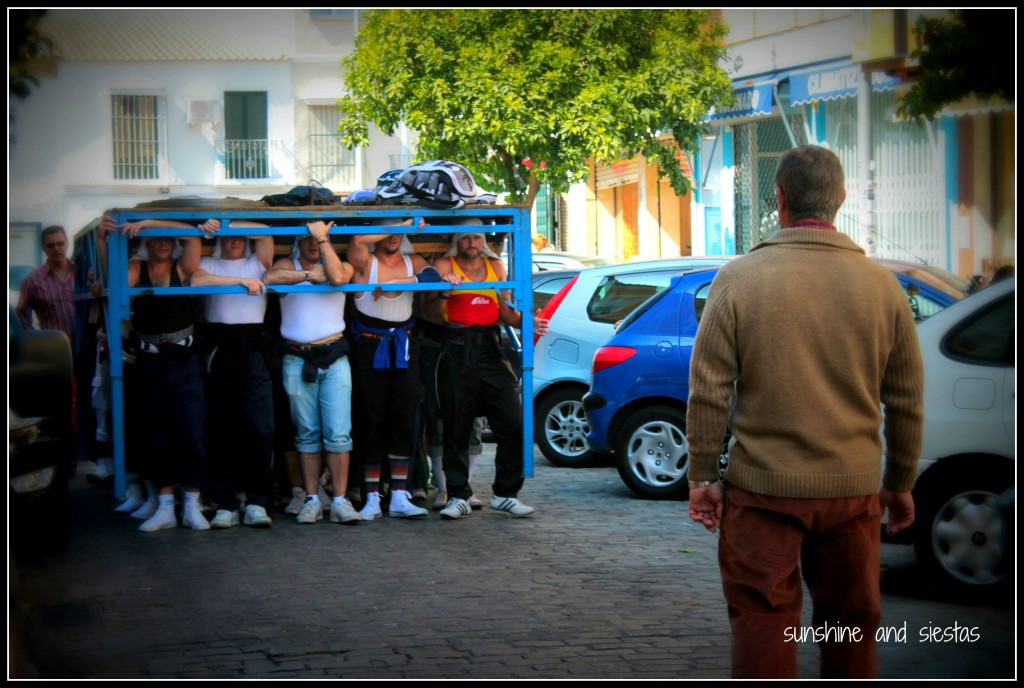“The hilly encinas are my office,” said Jose, not looking away from his ham leg, from which he took thin cuts and arranged them neatly onto a plate for us. I’d been eating since arriving to the Ermita de San Diego in teeny San Nicolás del Puerto, my favorite village in Spain, and my stomach could only hold so much.
Springtime in Andalucia is all about a healthy mix of hedonism and religion (which surprisingly go hand-in-hand). Holy Week revelers pay a somber penitence to the cruxifiction and resurrection, then sherry is drunk by the bucketfull during ferias all over Andalucía, and concludes with romerías in nearly all of the pueblos from late April until September.
I’ve mentioned San Nicolás del Puerto, a tiny dot of a town on Andalucia’s map. At 700 people and seven bars (seven more than in my hometown of 55,000), the city is the source of the Hueznár River, part of the Vía Verde and the birthplace of San Diego de Alcalá. Nearly all of the town’s festivities revolve around the poor man’s saint, including the Romería de San Diego, held the second Sunday of May each year.
For a small village, San Nicolás throws a big party for the romería, which is like one-part religious procession, one part tailgate. Everyone brings their coolers full of food – chacina, tortilla de papas, filetes empanados, and homemade cakes – and finds a shady spot in the hills near the hemitage for setting up their picnic. They’re often reserved by parking cars, using a fruit crate for a makeshft sign, or by tradition – I always know where Rafalín and the Novio´s father will be with their own portapotty.
At noon, the saint comes dancing in, carried on the shoulders of locals and preceeded by a brass band from the nearby Alanís de la Sierra. It’s kind of like a homecoming, and I can almost imagine my high school’s fight song instead of the paso doble that accompanies the saint before mass. Diego bobs up and down as partygoers watch on horseback, some dressed in flamenco dresses and trajes cortos. The Novio and I watched from afar, busy kicking back a few bottles of beer and helping ourselves to everyone else’s food, lest it go to waste.
Have you ever been to a Romería? Spain’s biggest and most popular, El Rocío of Almonte (Huelva) is this coming Sunday. Read about my experience at last year’s fair here.
